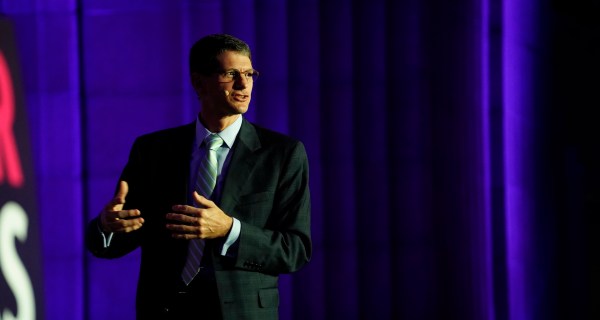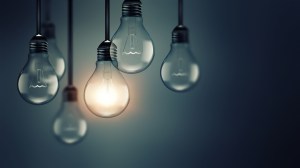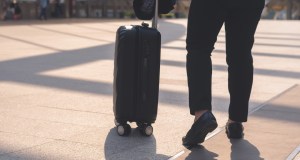As the peak of hurricane season approaches, the White House hosted an all-day brainstorm session to address disaster response and recovery efforts.
Top innovators from around the country gathered on Pennsylvania Avenue to come up with ways to improve the country’s response, management and recovery efforts from natural disasters and emergencies. Together, the White House Office of Science and Technology Policy and the Federal Emergency Management Agency recruited more than 80 minds, including representatives from Twitter, the Weather Channel, the Red Cross, Marriott International, Zappos, AOL/Huffington Post’s Social Impact and Google, to name a few.
The White House has frequently leveraged the private sector to spur innovation. The first round of the presidential innovation fellows last year gathered minds from across the country to come to Washington, D.C., and work on solving the most pressing issues facing the U.S.
During the “Data Jam/Think Tank,” talent from many areas in the private sector worked with government employees to develop solutions. In some cases, the participants wrote code and created actual working models. For example, one solution would create a technical schema of information collected from social media and news sites during emergencies to give first responders and municipalities a clearer idea of where help is needed.
Survivors dependent on electricity-powered medical devices would be able to call or text in their needs on a real-time communications platform, and have those needs connected to a transportation network, with one solution developed by these innovators.
The OSTP site lists other examples of collaborative solutions developed throughout the day:
- A Disaster Relief Innovation Vendor Engine, which aggregates pre-approved vendors for disaster-related needs, including transportation, power, housing and medical supplies to make it as easy as possible to find scarce local resources.
- A crowdfunding platform for small businesses and others to receive access to capital to help rebuild after a disaster, including a rating system that encourages rebuilding efforts that improve the community.
- Promoting preparedness through talk shows, working closely with celebrities, musicians and children to raise awareness.
- A “community power-go-round” that similarly to a merry-go-round can be pushed to generate electricity and additional power for battery-charged devices including cell phones or a Wi-Fi network to provide community Internet access.
- Aggregating crowdsourced imagery taken and shared through social media sites to help identify where trees have fallen, electrical lines have been toppled and streets have been obstructed.
- A kid-run local radio station used to educate youth about preparedness for a disaster and activated to support relief efforts during a disaster that allows youth to share their experiences.
The event heard from various federal leaders, discussing the biggest challenges disaster response and recovery pose, including Patricia Hoffman, assistant secretary at the Energy Department, and Dr. Nicole Lurie, assistant secretary at the Health and Human Services Department. At the end of the day, participants made a commitment to see their ideas through and turn them into tangible solutions.






